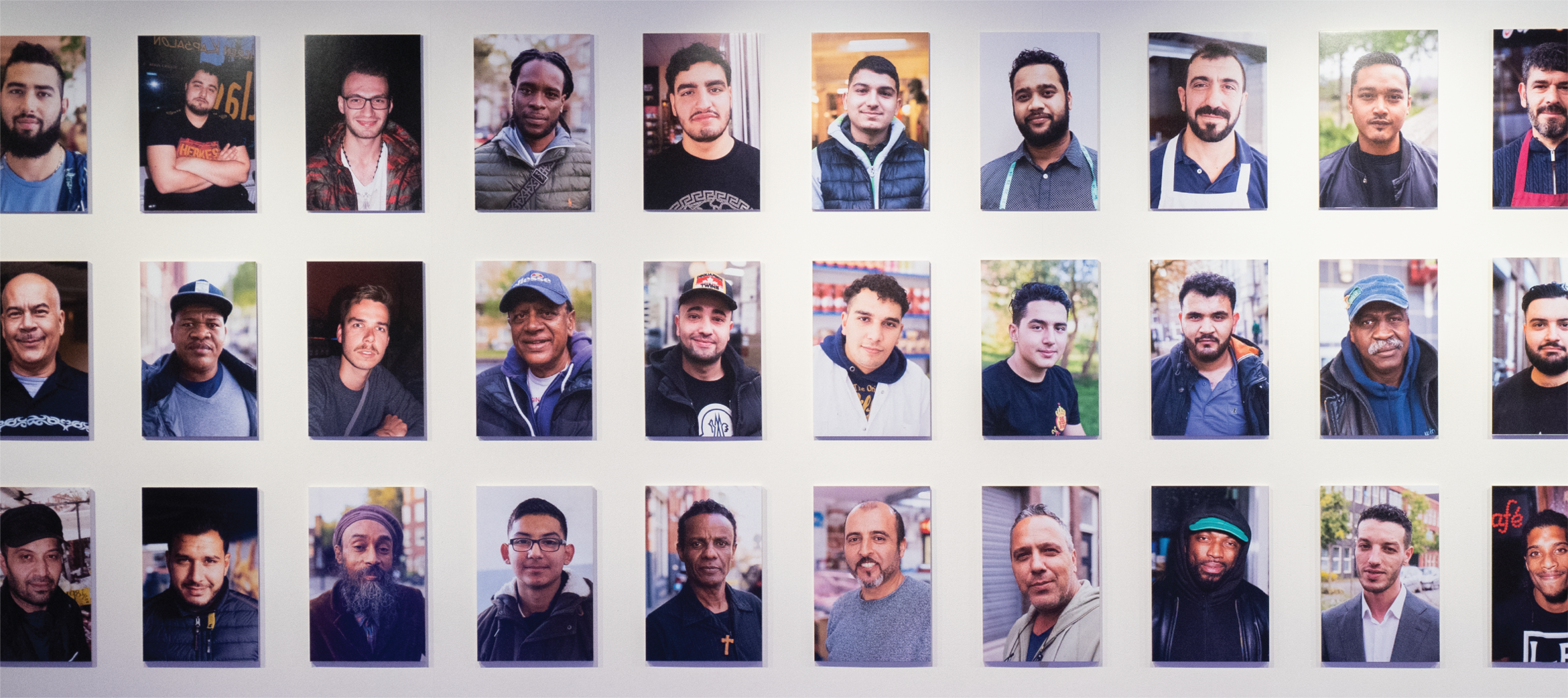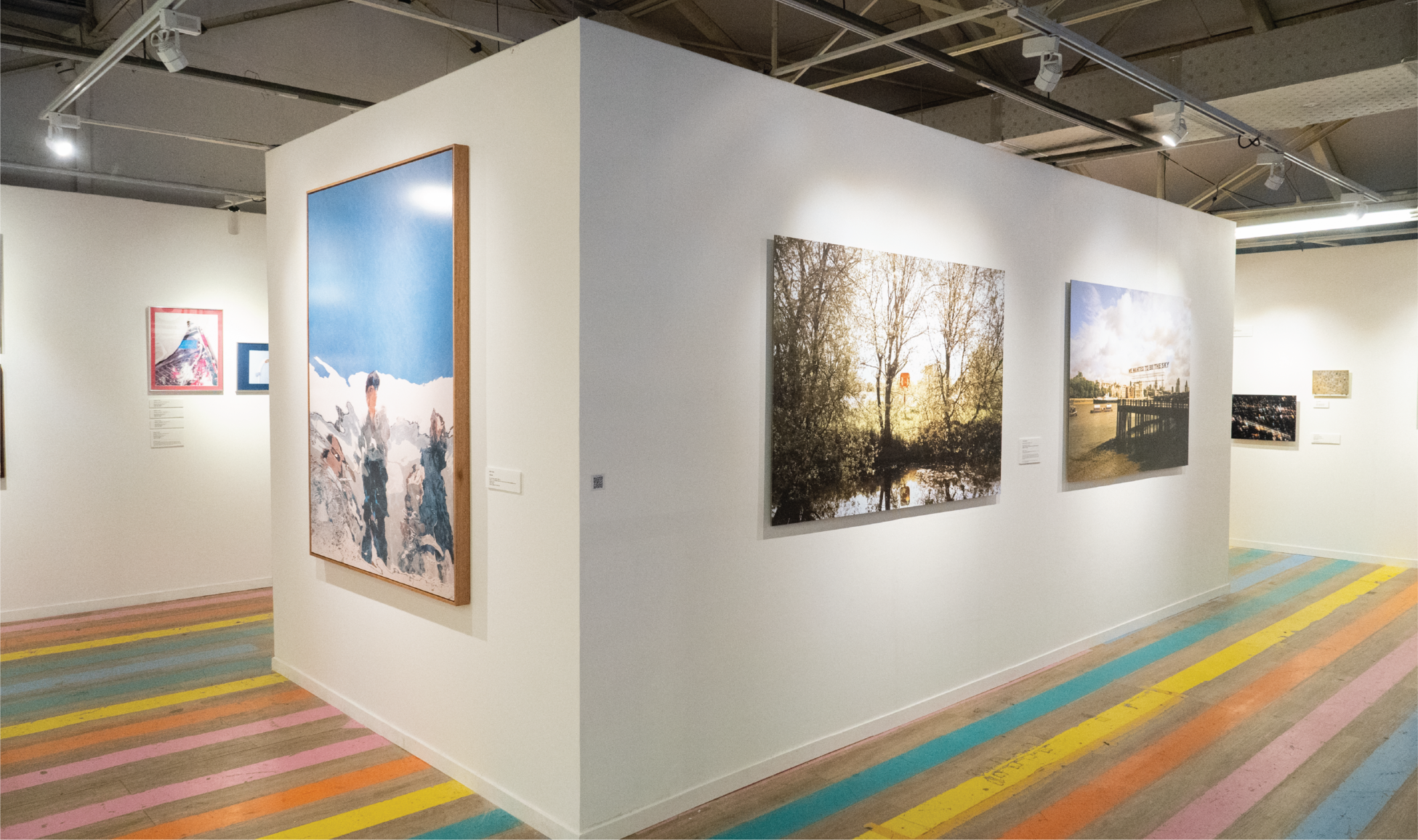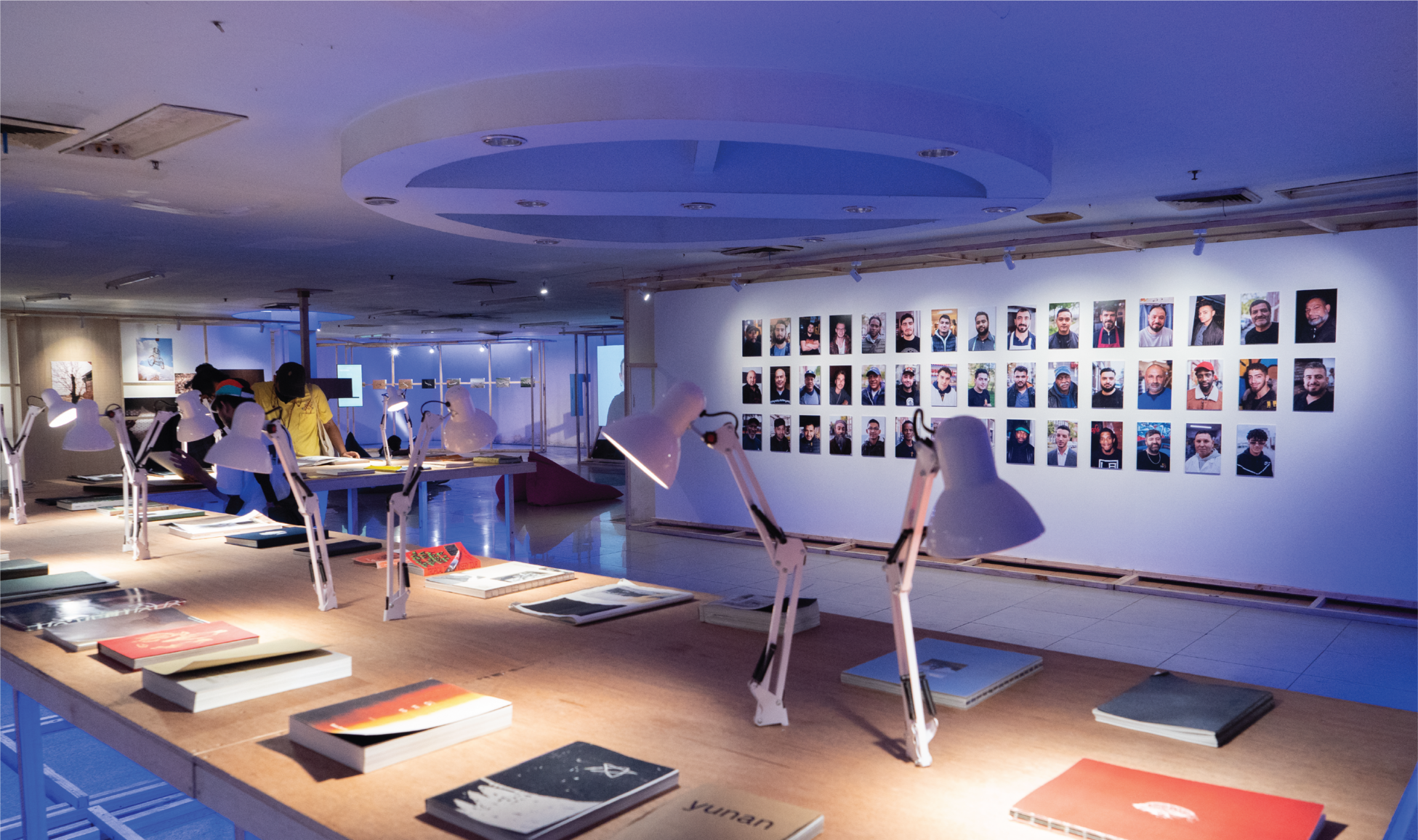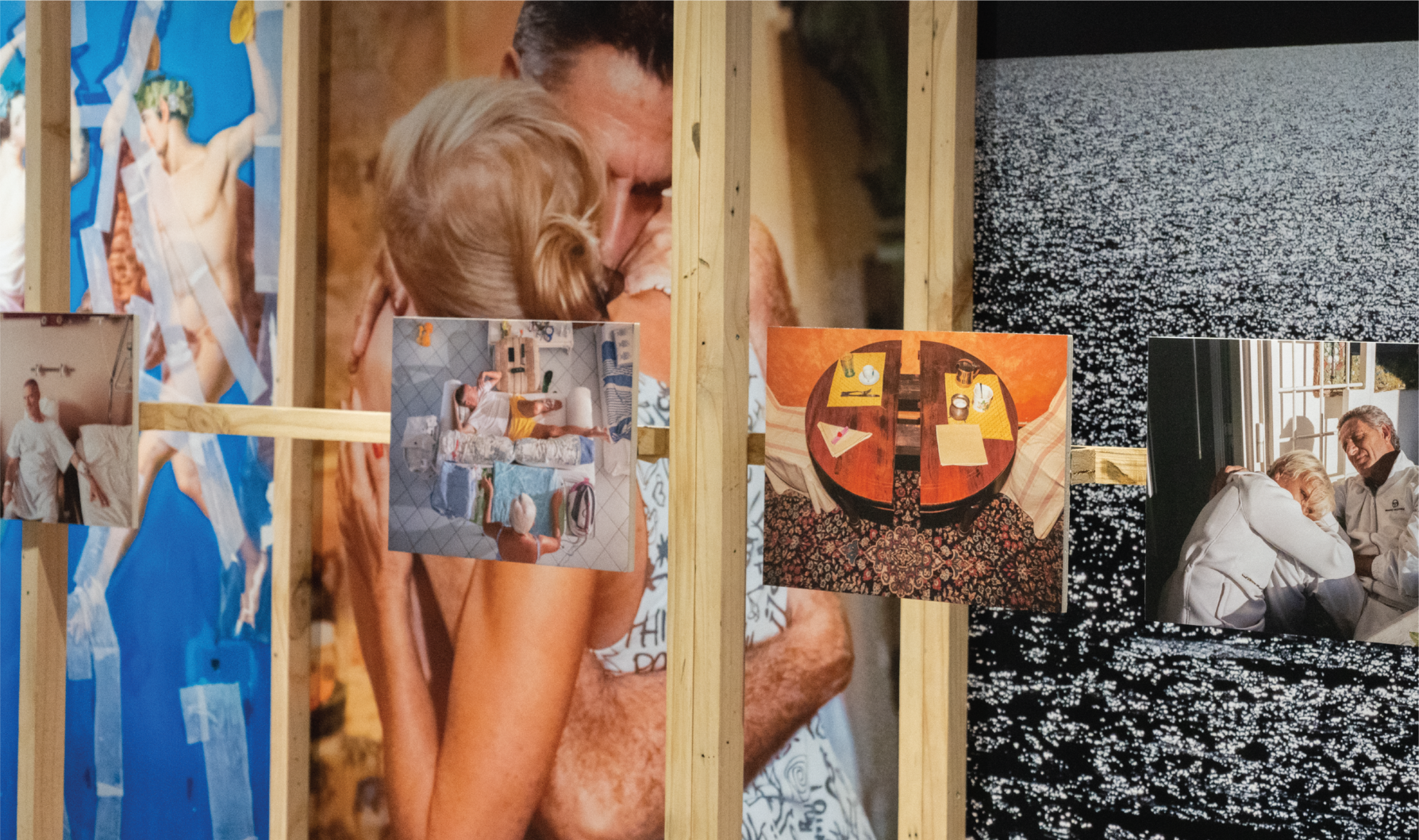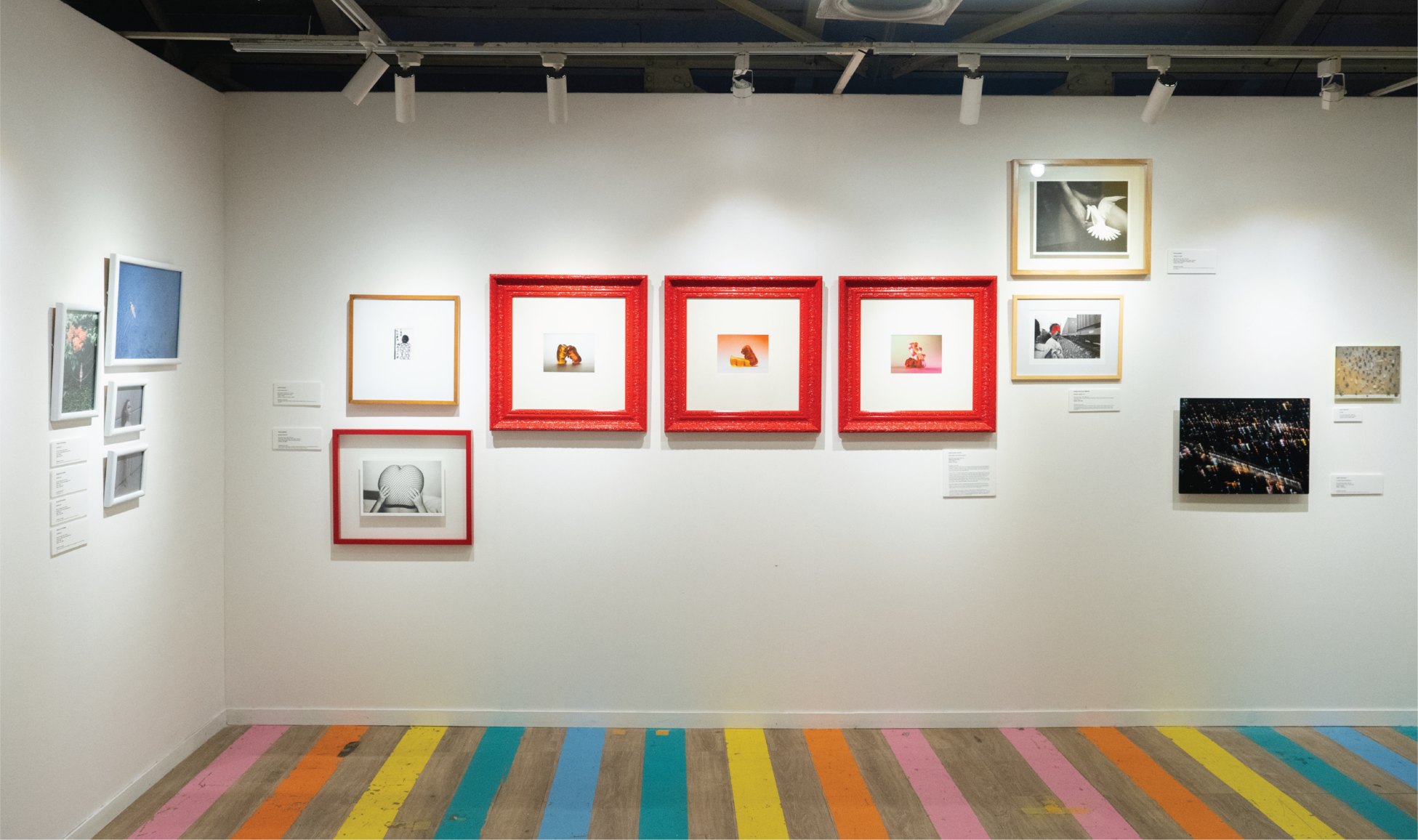Three Photography Exhibitions at the Fourth Edition of JIPFest
The fourth edition of the Jakarta International Photo Festival (JIPFest) held a photography exhibition at the Blok M Mall as part of the festival. The theme of the festival is ‘Generation’, an effort to highlight intergenerational stories in a personal, social, political, and economical scope through photography.
The curatorial team of Asep Topan, Bas Vroege (Netherlands), and Ng Swan Ti selected works by 24 artists and photographers from 13 countries. Meanwhile, .this/PLAY, an art exhibition and music festival design and production studio, acted as the exhibition designer who produced and displayed the selected pieces.
The exhibition design holds a crucial role in strengthening the curation and the works themselves. This exhibition displayed the photos in a variety of sizes and media on wooden frames and plywood boards with no finishing. The ‘raw’ arrangement of the exhibition, explorative and cleverly planned, gives a rousing, evocative and communicative impression.
This exhibition splits the selected works into four categories, which are ‘Belonging’ (issues regarding family), ‘Disruption’ (socio-economic changes), ‘In/Exclusion’ (politics and minority issues), and ‘Future’ (the youth and the effect of social media).
One notable piece in the ‘Disruption’ category by Yara JImmink (Netherlands) is titled ‘When Summer Became Winter’ (2020). This piece tells the story of him and his family in the context of migration, collective history, and childhood trauma by studying the photographs left behind by Yara’s late grandparents. The piece juxtaposes the figure of Oom Ka–who was well-acquainted with Yara’s grandparents despite the lack of blood relation–with black and white images of Yara’s family.
‘When Summer Became Winter’ is a poetic reflection about a family story being handed down to a new generation as well as the role history plays in the present.
In the ’Future‘ category is ‘Letter from Jepara’ (2022-23) by Gevi Noviyanti (Indonesia). The piece documents the daily lives of female students at Hasyim Asy’ari Bangsri–an Islamic boarding school in Jepara.
Along with photographs, Gevi also highlights letter correspondence as a contemplation medium for the female students in the midst of the applied restrictions of communication media. The situation is reminiscent of Raden Adjeng Kartini (1879-1904), who led a relatively isolated life in Jepara and used letters as a medium of expression.
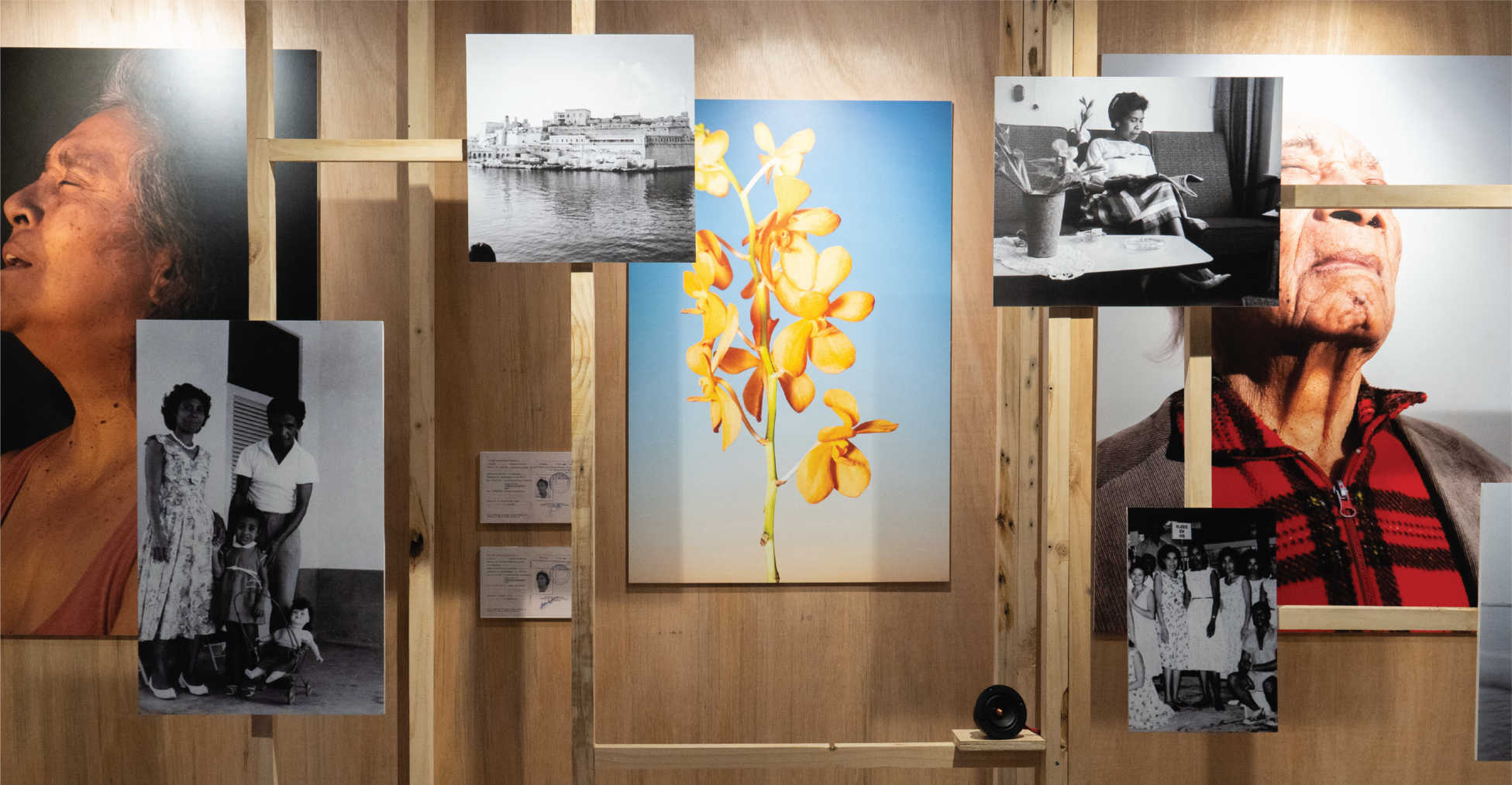
The location of the Blok M Mall also inadvertently tells the tale of a generation. This legendary mall has been operational since 1992 and, in its prime, was regarded as an esteemed and strategic shopping center.
Today, the Blok M Mall has very few visitors and those visiting the exhibition are a whole new generation who likely have little to no recollection of said iconic mall. As such, there is a significant connection between the exhibition curation and the history of the venue.
Other than the exhibition at Blok M Mall, fringe exhibitions were also held at Kala Karya & Kala di Kalijaga by Photo-Demos titled ‘Youth Voices: Democracy Today’ and the Indonesia Photo Fair at the M Bloc Space Creative Hall. .this/Play also acted as second designers and art handlers at these exhibitions.
‘Youth Voices: Democracy Today’ takes on the younger generation’s point of view on topics ranging from identity, gender expression, criminalization of drug use, to the climate crisis. The curators of this exhibition are Rosa Panggabean and Yoppy Pieter.
The majority of the photographs in ‘Youth Voices: Democracy Today’ are displayed on the walls. In the center of the room, transparent pieces of cloth are hung. The fabric seems to have been hung as an attempt to create a translucent partition that separates the area of one artwork with another as well as direct the flow of visitors. The execution of the attempt, however, is less than successful. The fabric is too supple and the placing of each piece of cloth seems indecisive. The fabric itself is also untreated. As a result of which, the use of the fabric does little to bolster the narrative of both the artwork and the exhibition design as a whole.
Nevertheless, one piece catches the eye with its unique presentation. ‘The Ballad of Freedom (And All the Things Within)’ by Husna documents and celebrates queer fashion as the medium of expression for the queer youth of Indonesia. The photos are displayed on a colorful silk screen which is hung up, showcasing the uniqueness and individuality of this artwork.
Meanwhile, Indonesia Photo Fair presented a collection of photographic works in the medium of print and books with a more expressive character by emphasizing the artistic aspect of each photographer or artist. Windi Salomo, as the creative director, curated 34 books and 67 printed photographs which were displayed at the Creative Hall area of M Bloc Space from 8-20 September.
The three photography exhibitions solidify the role of JIPFest as a vessel of dialogue and appreciation of photography in highlighting crucial and current issues while at same time elevating the capacity of photographers in creating impactful work. After running for five years, JIPFest is to become a biannual event. The next edition of JIPFest will be held in 2025.
